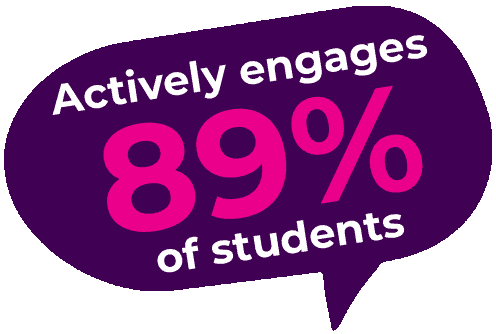
Letting classes loose on an online Chat platform might sound daunting to some. It takes trust that students will make full use of the opportunity, but we’re confident that the activity will engage your students1.

Our team of DBS-checked moderators are always on hand – you’ll see at least one of them in every Chat. They keep Chats running smoothly and help us make sure students take part safely and appropriately.
All teachers have access to moderation tools, but we want to share some top tips from our experience too. We’ve put together 3 ways you can support your students to get the most out of their I’m a Scientist Chat.
1. Praise students’ questions 🌟
When teachers, moderators, and scientists praise students’ questions, they are more engaged. Students feel their questions are valued.
Highlighting a student’s message reassures them in asking more, and encourages their peers to do the same. After some hints and encouragement from moderators and scientists, Frithwood Academy’s teacher was pleased to see their excitable Year 6 class so engaged:
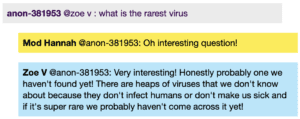
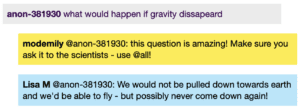
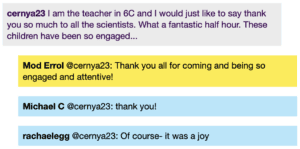
2. Let students ask the questions that interest them 🤔
Keep an open mind and go with the flow – let students lead the conversation. Questions like “Do you play video games?” may seem off topic, but they’re important in showing scientists are ‘normal’ people. That’s why our moderators don’t delete ‘personal’ questions.
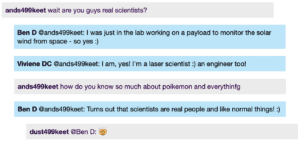
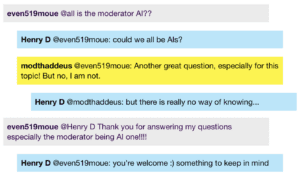
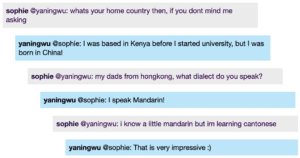
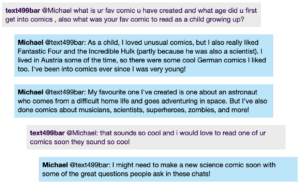
Students uncover areas where scientists’ interests and experiences overlap with their own. This supports their science capital2. Valuing and linking their interests to people and topics in science helps students to relate and see STEM as something ‘for them’. Find out how Chats support science capital ❯
3. Add to the conversation 🎓
Join in and ask questions yourself too! Model to your students what you expect from them. Encourage students to find out more by replying to answers to their questions:
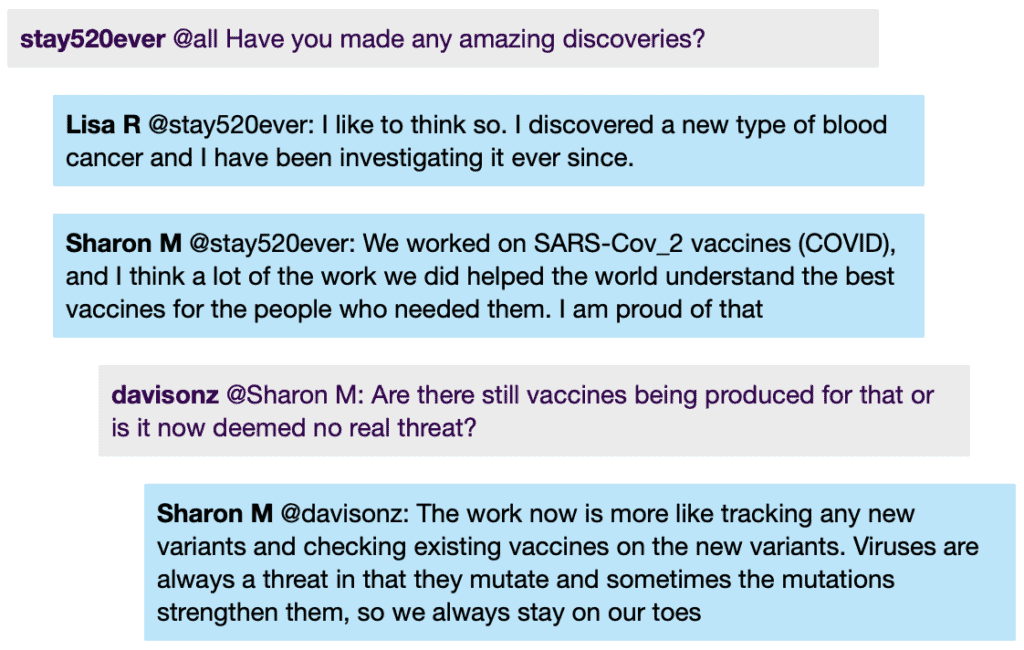
Ask questions to spark conversations – scientists’ responses often catch students’ interest, or give them inspiration to ask about something related.
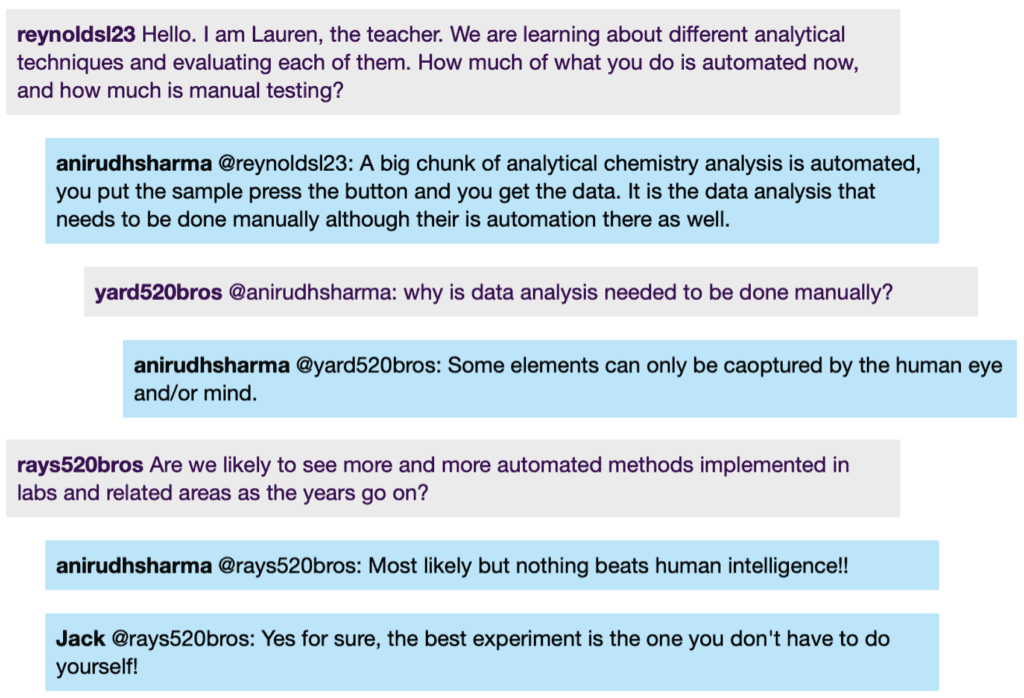
- Recent evaluation found that 89% of students actively engaged with the activity, 70% of which were at priority schools.
- Research demonstrates that the I’m a Scientist activity aligns with the Science Capital Teaching Approach and supports science capital-related outcomes.
